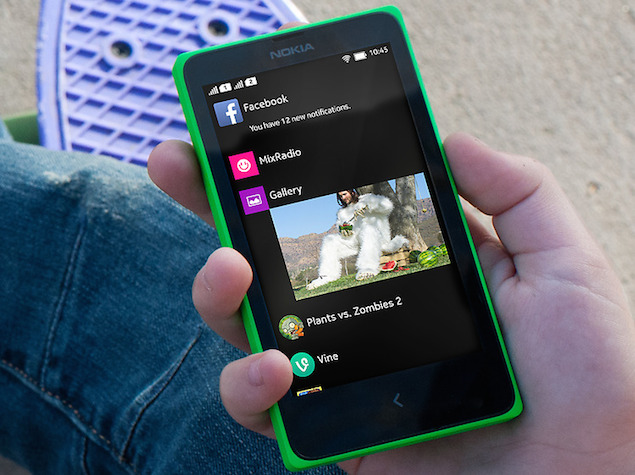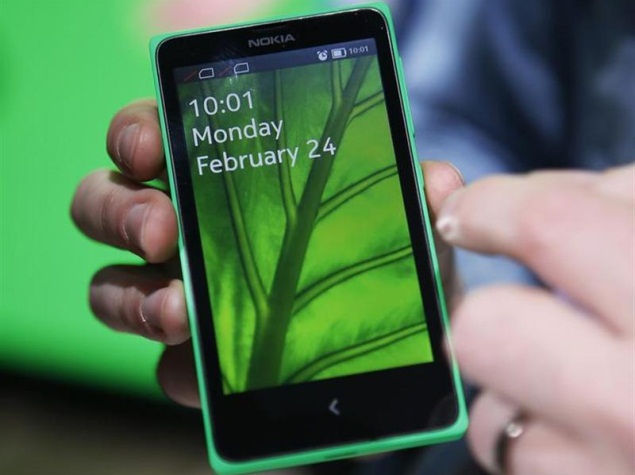The Microsoft Surface Phone is the
nickname which is called the next generation of Windows Phone. A new Surface
Phone suggests that the device may have support for virtual network operators.
The patent has the title wireless communication device. The patent also shows
that separating the wireless components from the device. It reducing their risk
of interference would have great advantages. However, it shows that Microsoft
has been working on a small portable device since last year.
Microsoft has been blindfolding in the mobile ecosystem. At least as far
as its own software and hardware ecosystem is concerned. Microsoft Surface
Phone showing a terminal that would apparently have a type C USB port on the
base. That would fit with the plan to reinforce the continuum ecosystem of each
to the future. We also see a characteristic very typical at this point of the
Surface range in convertibles. The famous folding keyboard that would be
accompanies the Surface Phone. Everything seems to fit with a real Microsoft
terminal remember Microsoft itself has parked the Surface Touch Cover.
Microsoft Surface Phone Release Date:
According to a source of Windows Central through an internal contact at
Microsoft says that the rumored Microsoft Surface Phone will be released second
half of 2017. The launch was supposed to be for this year, but in how things
change everything. Microsoft plans that any Surface Phone by Microsoft will not
see the light until 2017. The good news is that there could be 3 variants of
the cell phone at different prices and markets.
This suggests that the Surface brand as such is a brand that Microsoft
has achieved enough prestige to launch the 3 variants of the Surface Phone. The
Surface Phone will come in the future in the hands of Microsoft users.
Microsoft would, work on a conceptually completely new product. That presents
very high technical content the same quality of surface hybrid structure.
Microsoft Surface Phone Features, Specs & Review:
Rumor claims that Microsoft will launch three different Surface Phone
models made to fit different types of consumers, consumer edition, business
edition and an enthusiast edition. The consumer edition is said to sport 2GB of
RAM and 32GB of storage. The commercial edition could have 4 GB of RAM and 64
GB of storage. The enthusiastic edition is expected to sport 6 GB of RAM and
128 GB of storage. The high-end model could contain a 5.7-inch screen and
Qualcomm’s latest Snapdragon 835 chipset.
The other two will likely include the Snapdragon 820 or Snapdragon 821
chipsets. The three models are said to work with the Windows operating system
10 Redstone. The next smartphone rumored to become the safest mobile device in
the world beating Samsung Apple and Google’s security features. They are also
expected to come with a pen and a removable keyboard. It is also expected that
the surface telephone will be a foldable device. Rumors say the device will
also allow users to run Win32 applications.
Microsoft Surface Phone Price:
A play that forces Microsoft to rethink alliances windows grows with PCs
but a decreasing rate. The approximate Price of Microsoft surface phone will be
$699 – $1,100. Equally difficult to imagine what might be the possible
technical content. The recent rumors spoke of two models, both with a 4K UHD
resolution.
Microsoft had limited success with its mobile devices. The company is
still trying to acquire a significant amount of market share. The company is
facing technological titans like Google, Apple and Samsung that currently
dominate the mobile industry. It seems that the Microsoft Surface Phone rumor
is the only opportunity to change the tides in its favor. Microsoft’s surface
phone has been a hot topic in the technology industry for over a year. They
have no official announcements about it.
The same filtering that has exposed the render mentions some powerful
characteristics associated to this Surface Phone. Microsoft would be preparing
to bring to the market. In Microsoft Surface Phone an iris scanner in the front
camera in order to reinforce. The security options of the device and that would
be attached to a fingerprint reader. We would see if stand alone or on the
screen. We will see how you feel that the Surface Phone can be a reality and
come on way to make things very difficult.











